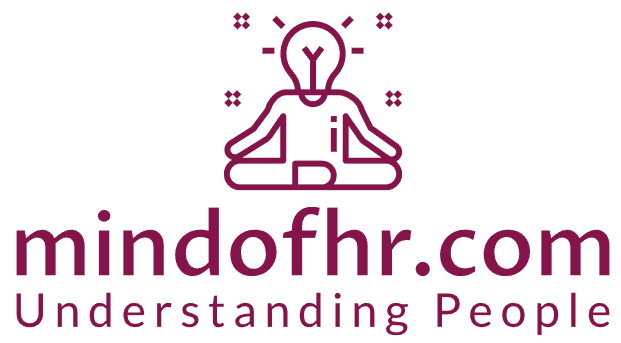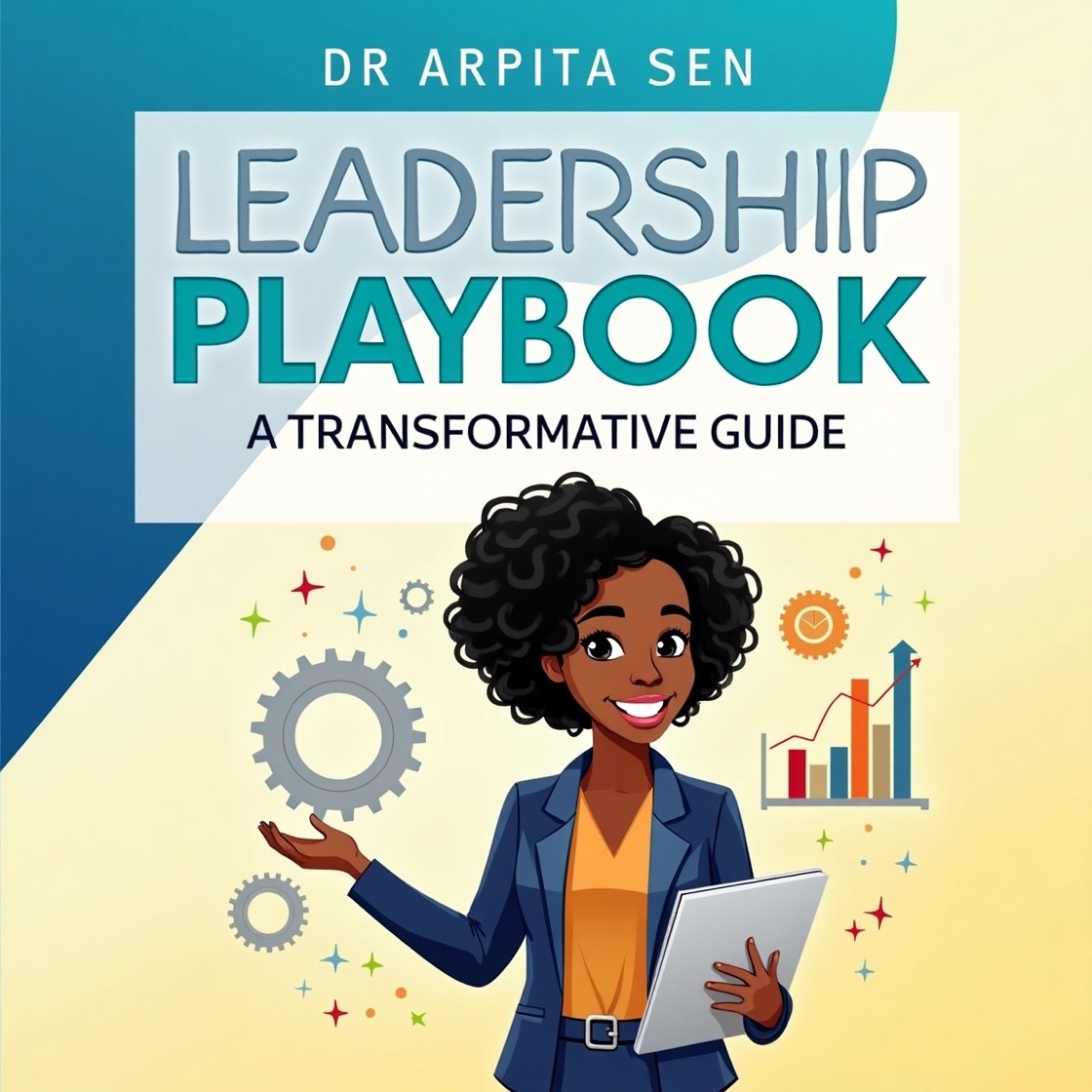Let’s face it: conflict is like that uninvited guest at a party who shows up anyway. You can try to avoid it, but sooner or later, it finds its way into every team. Whether it’s a clash of ideas, personality differences, or just plain miscommunication, tension is inevitable when you bring people together to work toward a common goal. But here’s the catch—conflict doesn’t have to be a bad thing. In fact, when approached strategically, it can be the very thing that pushes your team to new heights.
I’ve been there. As a leader, I’ve navigated my fair share of conflict—whether it was generational clashes, opposing work styles, or simple misunderstandings. But instead of getting bogged down by it, I learned to turn conflict into a tool for building trust, fostering creativity, and strengthening relationships. Let me take you through a few unique ways to transform team tension into collaboration—and how I personally turned my own experiences with conflict into winning team dynamics.
1. Don’t Dread Conflict—Design for It
Most people dread conflict like it’s the plague. But I’ve come to realize that conflict is not something that happens to teams; it’s something that teams create—often unintentionally. So why not design for it? Instead of waiting for it to explode, I intentionally fostered healthy conflict within my teams. Here’s how:
When I was first leading a team of seasoned professionals—some of whom had been in their roles longer than I’d been alive—I knew conflict would be inevitable. So, I planned for it. I set up “constructive disagreement” sessions. These weren’t just brainstorming meetings—they were intentional, structured forums where the sole purpose was to challenge ideas. Think of it as a “devil’s advocate” exercise, but on steroids.
I told my team: “Bring your wildest ideas—and your strongest objections. We’ll tackle them together.”
By giving my team permission to disagree from the start, they learned that disagreement didn’t mean disrespect. In fact, it was a way to sharpen our ideas and make them stronger.
2. Embrace the Uncomfortable—But Do It Creatively
As a leader, I realized that one of my biggest assets was empathy, not just authority. The trick is to embrace discomfort—the awkwardness of different perspectives, the discomfort of differing communication styles—but instead of letting that discomfort push the team apart, use it to spark creativity.
Here’s an example:
During one project, two senior team members, who had worked together for over a decade, were stuck in a bitter back-and-forth. One thought the project’s timeline was too aggressive, while the other felt we weren’t being ambitious enough. The friction was palpable. But rather than rushing in with a quick solution, I asked them to write their frustrations down—but creatively.
“Okay,” I said, “I want you to pitch your ideas like you’re writing a movie script. Make it as dramatic and exaggerated as you want, but make sure you include all the ‘whys.’ Don’t just tell me what’s wrong—tell me the ‘heroic backstory’ behind it.”
At first, they were hesitant. But as they got into the exercise, they began expressing their concerns more fully, with humor and even exaggerated flair. Suddenly, they were having fun, and before we knew it, we had a breakthrough conversation that turned their opposing views into a balanced compromise. The project timeline was adjusted, but we also found ways to increase ambition without overloading the team.
Sometimes, conflict needs a bit of fun injected into it to get past the tension. Embrace the awkwardness—but get creative in how you manage it.
3. Turn the “Me vs. You” Into a “We vs. The Problem”
One of the most powerful shifts I’ve made when resolving conflict is changing the conversation from “me vs. you” to “us vs. the problem.” Conflict often arises when people feel personally attacked or threatened. But when you refocus the team on the actual issue at hand, instead of personalities, everyone becomes part of the solution.
I remember a time when a project manager and a team member from a different department were at odds over resource allocation. The project manager felt the team member wasn’t providing the necessary support, and the team member felt the project manager was unrealistic in their expectations. The blame game was getting old fast.
Instead of taking sides, I asked both of them to come to a meeting with the shared goal of solving the issue, not defending their positions. I said, “What if we both look at the problem from a completely new angle, as if we weren’t involved at all? What’s the one thing that’s going to help us solve this, and how can we tackle it together?”
Me: “Let’s think about this not as ‘you against me’ but ‘us against the problem.’ How can we collaborate to fix this, rather than dig into our corners?”
By shifting the focus away from personalities and onto the issue, we created a shared sense of ownership. We came up with a solution together, and surprisingly, both sides were satisfied. In the end, it wasn’t just the project that got fixed—it was the relationship between the two team members.
4. Validate Emotions, But Don’t Let Them Lead
Here’s a leadership secret I wish I’d known earlier: validate emotions, but don’t let them dictate your actions. We all know that emotions are a huge part of conflict. But instead of getting stuck in the emotional storm, I learned to acknowledge the feelings first—and then refocus on the facts and the solution.
I had a situation with a colleague who was upset about an offhand comment made by another team member. The comment wasn’t malicious, but it struck a nerve, and tensions escalated. Initially, I wanted to jump in and solve the issue by explaining away the comment. But I quickly realized that would only dismiss their feelings.
Me: “I hear that you’re upset, and your feelings are completely valid. Let’s take a step back and look at what we can do to prevent something like this from happening again.”
Once I acknowledged their emotional reaction, I steered the conversation toward the constructive next steps. Emotions were acknowledged, but we didn’t let them derail the team’s progress.
5. Follow Through and Celebrate the Wins Together
The most critical part of conflict resolution is closing the loop. Once the conflict is addressed, you need to reinforce the positive outcomes and celebrate the fact that your team worked through something tough together.
After resolving a significant conflict between two team members, I made sure to highlight the positive steps taken in the process. “I want to acknowledge how both of you handled this situation. Your willingness to listen, compromise, and keep the team’s best interest at the forefront made all the difference. You’ve shown leadership and maturity.”
The celebration wasn’t just about the resolution—it was about reinforcing the idea that the team could face any conflict and still come out stronger. That kind of acknowledgment turns conflict resolution into a team-building experience, not just a problem-solving one.
Final Thoughts: Conflict is Your Team’s Superpower
If there’s one thing I’ve learned about managing conflict in teams, it’s that conflict isn’t the enemy—it’s a tool. When handled creatively and with the right mindset, it can forge stronger bonds, encourage innovation, and boost team morale.
So, the next time conflict arises in your team, don’t panic. Design for it. Embrace the discomfort. Shift your focus from “me vs. you” to “we vs. the problem.” Validate emotions, but stay solution-oriented. And always follow through with celebration.
Because, believe me, conflict isn’t something to avoid—it’s something to embrace and transform into a driving force for your team’s success.











